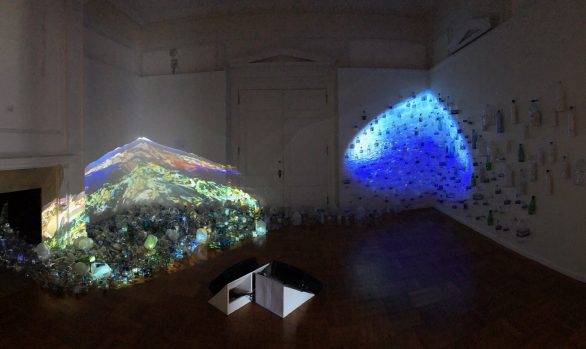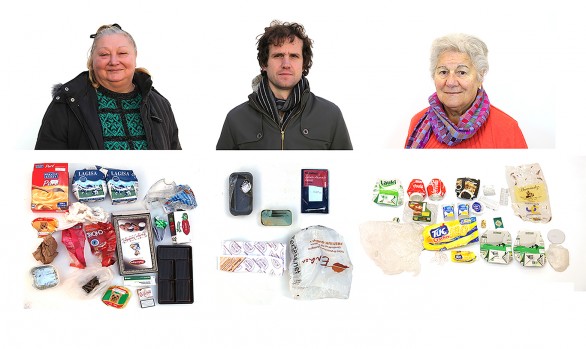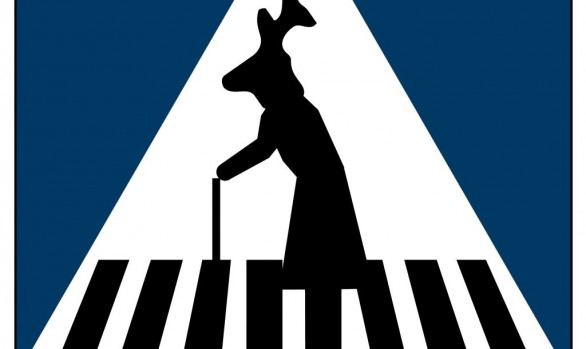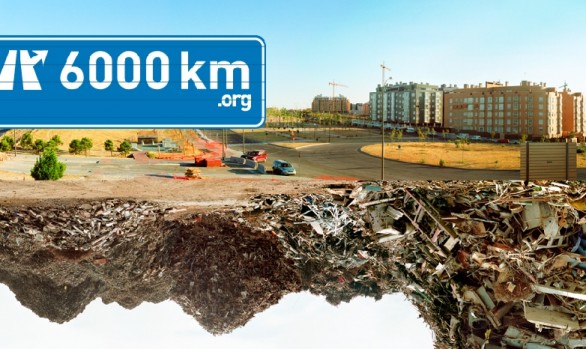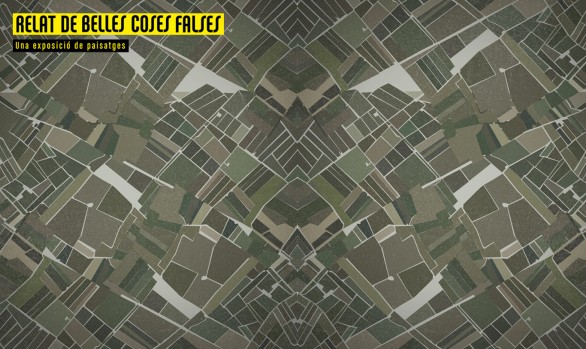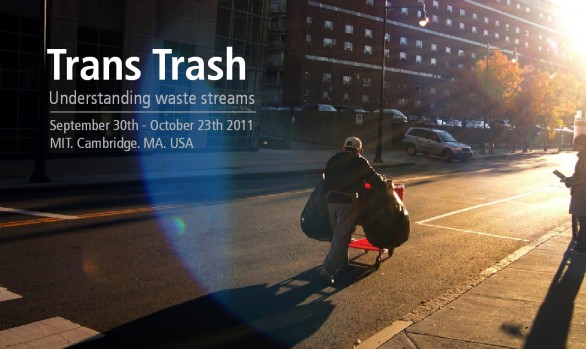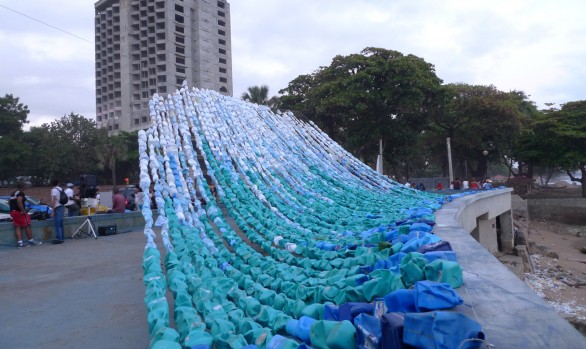ABUNDANCE
ExhibitionNever before has been such ABUNDANCE.
As José Luis Pardo said in his talk named Never was trash so beautiful:
“Book One of Marx’s ‘The Capital’ opens thus: ‹‹The wealth of those societies in which the capitalist mode of production prevails, presents itself as “an immense accumulation of commodities”››. Today, we would have to say that the wealth of those societies, in which the capitalist mode of production prevails, presents itself as an immense accumulation of trash. Indeed, no other form of society either previous or external to ours has produced trash in such quantity, quality and speed as we have”.
Never before has been such abundance. Abundance is regarded as prosperity in our time, so many that it has actually become invisible within the landscape. Abundance could be infinite, due to its condition of being desirable and reproducible (production systems). Indeed, there is always more. In capitalist societies, trash is a symptom of abundance. The most inherent feature of our society is consumption, whose most apparent imagery, albeit invisible and overshadowed, is cardboard: the box that once contained all or nearly all the goods.
When walking around the city, boxes accumulate at our feet imperceptibly; those boxes that had carried everything we had admired, bought and consumed in the daytime. Inhabit the abundance is an installation art site specific which covers the gallery’s façade to then colonize it. The artwork welcomes and invites us to enter the gallery following a signposted way, while it spreads out itself, invading the space. At the same time, it makes it inhabitable, turning it into a cosy space, yet cavernous and odd. By using collected cardboards and unofficial waste collectors from shopping areas in downtown Madrid, the work plunges us into and absorbs us in the accumulation, so that we feel the abundance, experimenting its excess, its overflow, its vastness.
Within the installation, some photographs of the projects conceived by Basurama with unofficial waste collectors occupy the walls. These waste collectors and recyclers are essential in the trash recovery process and they are usually undervalued by society. They have been a key part of many Basurama’s public and collaborative art interventions and they are experts at managing the waste we produce in the cities. The photographs show both the surroundings and tools used by these waste collectors and recyclers operating in an informal economy. For this exhibition, the artworks selected are: “Los buzos del vertedero de La Duquesa” in Santo Domingo, Dominican Republic; “Carro de un tamborero” in Mexico City: “Mina de cartón” in El Cairo, Egypt, where the Zabbaleen survive by processing thousands of tons of cardboard; and a picture from the triptych “A lomo de caballo criollo se hizo la patria” in Montevideo, Uruguay.
Likewise, the exhibition includes two video pieces: “Chainwork Reverted” and “Still lifes of Abundance”. In the first video, a shopping trolley, a symbol of consumption that links consumers with recyclers; the transportation of newly bought goods and rescued waste. In the second one, we see everyday still lifes that could be found in any city in the world late on any afternoon, just before sunset, when abundance emerges, when it becomes visible yet at the same time remains unseen. The show ends with a photography serie called Poemas Invisibles, a landscape of 30 pictures based on the hidden meanings that revolve around the cardboard and the hundreds of hands that work with it, transport it, write on it, read it. These are photographs of cardboard boxes collected from different cities all over the world. The artists propose possible new interpretations by tracing the memories that the cardboard have left throughout their short lives (yet long journeys). By coming closer to these boxes, the pictures bring to mind visual abstractions that might evoke the works of other contemporary artists.
Trash is abundance. Abundance is consumption. We die in abundance.

